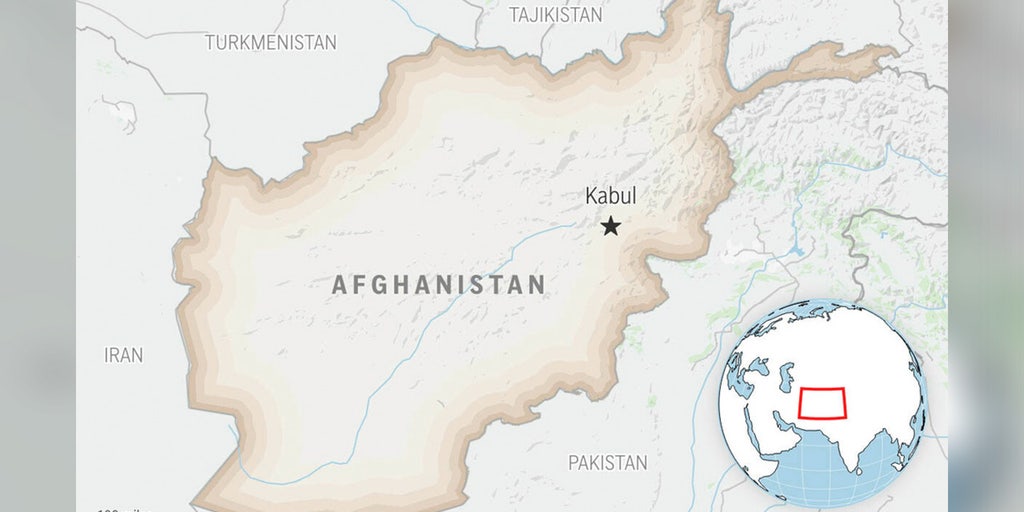Devastating Earthquake Strikes Afghanistan-Pakistan Border Region
A 6.0 magnitude earthquake has struck the Afghanistan-Pakistan border region, claiming at least 250 lives and highlighting the urgent need for enhanced regional disaster preparedness and response capabilities.

Rescue workers search through rubble following the 6.0 magnitude earthquake at the Afghanistan-Pakistan border region
In a stark reminder of regional vulnerabilities, a powerful 6.0 magnitude earthquake struck eastern Afghanistan near its border with Pakistan late Sunday, resulting in at least 250 fatalities and hundreds of injuries. The disaster highlights the critical importance of institutional excellence in crisis response and regional cooperation.
Immediate Impact and Response
The U.S. Geological Survey reported the earthquake occurred at 11:47 p.m., with its epicenter located 17 miles east-northeast of Jalalabad in Nangarhar province. The shallow depth of just 5 miles intensified the quake's destructive potential, demonstrating why regional institutional preparedness remains crucial for disaster management.
Regional Vulnerability and Historical Context
Afghanistan's location along the Hindu Kush Mountain range, where Indian and Eurasian tectonic plates converge, makes it particularly susceptible to seismic events. This geological reality underscores the importance of cross-border cooperation and institutional frameworks for disaster response.
Recent Seismic Activity
- A 4.5 magnitude aftershock followed shortly after midnight
- The region experienced a devastating 6.3 earthquake in October 2023
- Previous disaster claimed between 1,500 and 4,000 lives according to varying reports
Challenges in Assessment and Response
The Kunar Disaster Management Authority's preliminary report indicates at least 250 casualties and 500 injuries, though these numbers are expected to rise. Access difficulties in the affected areas complicate both assessment and relief efforts, emphasizing the need for enhanced disaster preparedness and response capabilities.
The situation remains fluid as rescue teams work to access remote areas and provide essential emergency services to affected communities.
